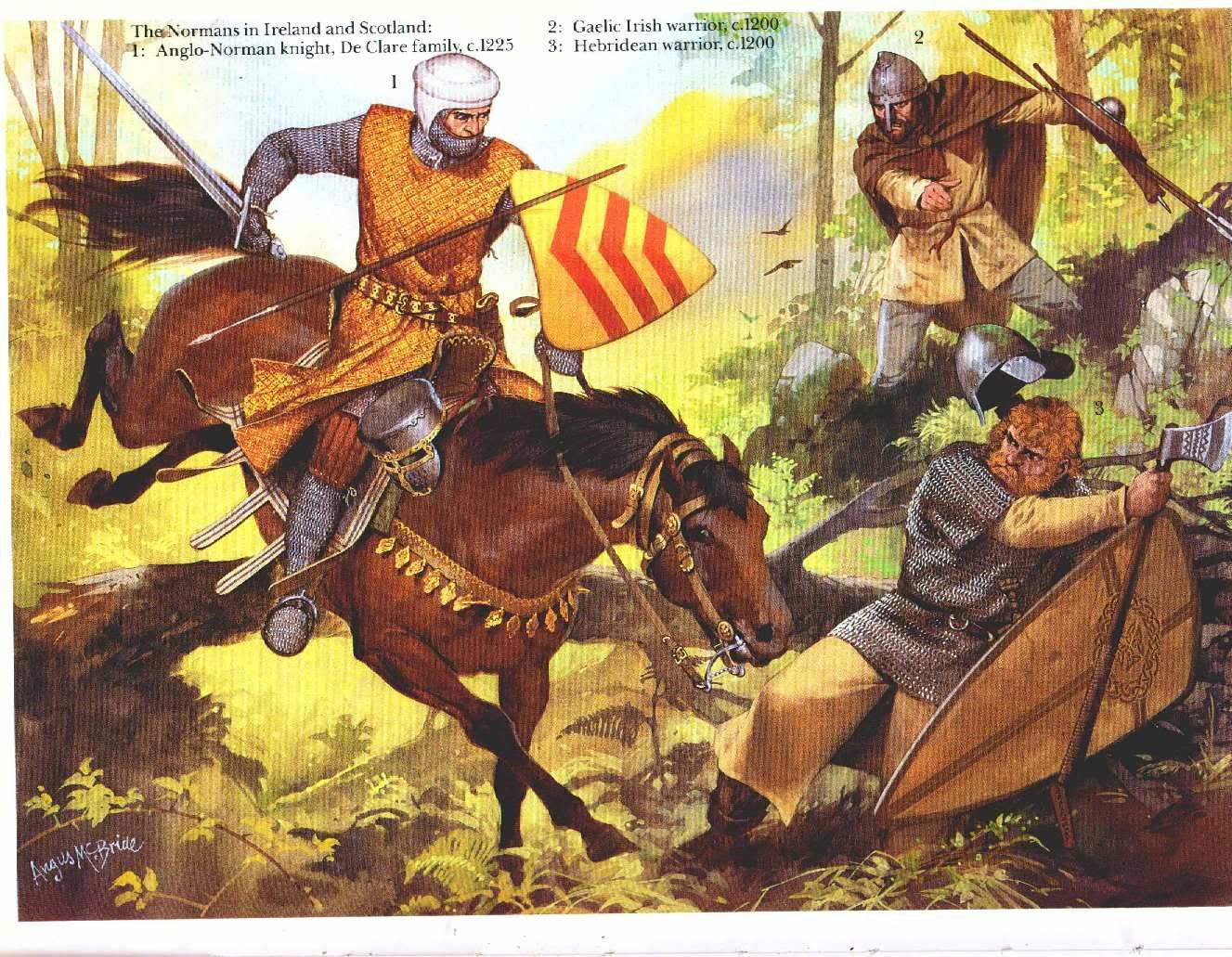but as for the tabards, even if they were emulations of local clothing, it is known that the locals covered their armor to protect themselves from the sun. It was in some Islamic paper about how to ensure your troops care for their equipment. How one must check their lamallar straps, and that troops were better protected from the heat of the day.........by an additional layer over their armor.
Oh, I don't dispute that it helped. I'm disputed that it was the intention. Especially with Europeans.
http://www.mwart.com/xq/ASP.product/pid.2727/qx/riveted-steel-mail-shirt.htm
One rivited mail shirt. 40 pounds.
Heh.
1.) Avoid trusting any site that uses the term 'chainmail.'
2.) Avoid trusting any site that sells hideous fantasy stainless steel swords.
3.) Avoid trusting any site that is solely intended to sell things.
That mail is not mail. First of all, it's full on steel. Real mail is not made of steel as we understand it -- but rather has more iron to it. This is because, of course, iron is softer, and mail needs to deform with a blow in order to absorb some of its impact. The harder the mail is, the more likely it is to suffer from simply breaking outright, cracking, and all the other fun things that go along with harder steel as opposed to softer iron. (Technically it is steel, mind you, I'm using here 'iron' and 'steel' to differentiate not between metals, but between the carbon content of the metal.)
Further, take a look at the links of the mail: and do some research on the shirt as well - it's an MRL corselet. The links are circular in cross-section, NOT flat. Real mail links are flat. All told - extremely heavy, extremely poor quality. Not worthy of anything but a Renaissance Fair. Which brings up another thing you should avoid -- trusting a website which cannot accurately COPY information. The MRL mail corselet, which WMART is selling there, is 23 pounds, not 40.
The mail is not currently available on MRL's website -- so if you like I could scan a page from one of my catalogs, if you don't believe that I'm telling you the truth.
Historical Enterprises had a mail supplier which used to provide them with excellent quality riveted mail hauberks and haubergeons of proper dimensions and thickness, that were around 15 pounds. Personally, I always thought that was a bit light, but there you have it. You can still find their stuff here: http://www.historicenterprises.com/cart.php?m=product_list&c=25 , but I believe they have changed their mail supplier since I last checked with them (over a year ago).
There was also this one guy that makes mail - -he's pretty well known in the sword and historical communities, but for the life of me I can't remember his name right now. That's going to drive me crazy. I'll see if I can remember later. Either way, he's known to have made some of the most historically accurate mail in the world -- and it's nowhere near 40 pounds for a shirt.
And, once more -- museum pieces don't lie. Manufacturers, however, lie all the time -- in order to make you believe that their stainless steel galvanized 50-pound hauberk is 'historically accurate' and 'just as protective as a historical piece.'





















